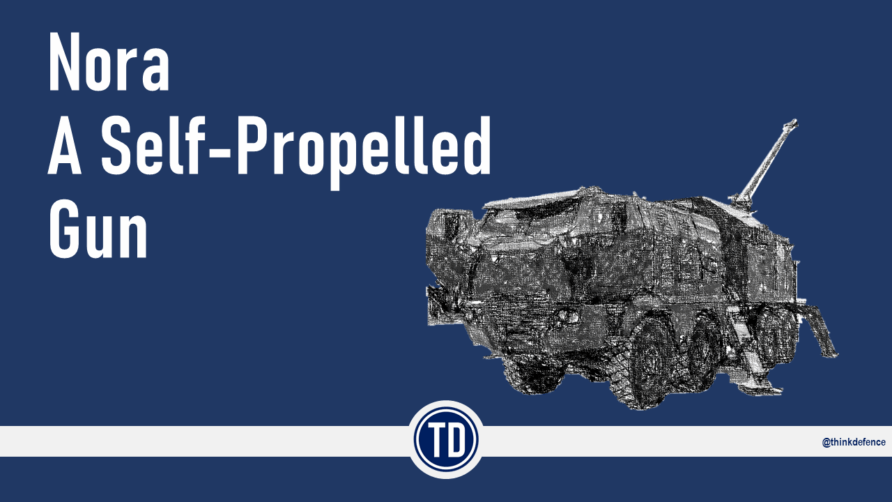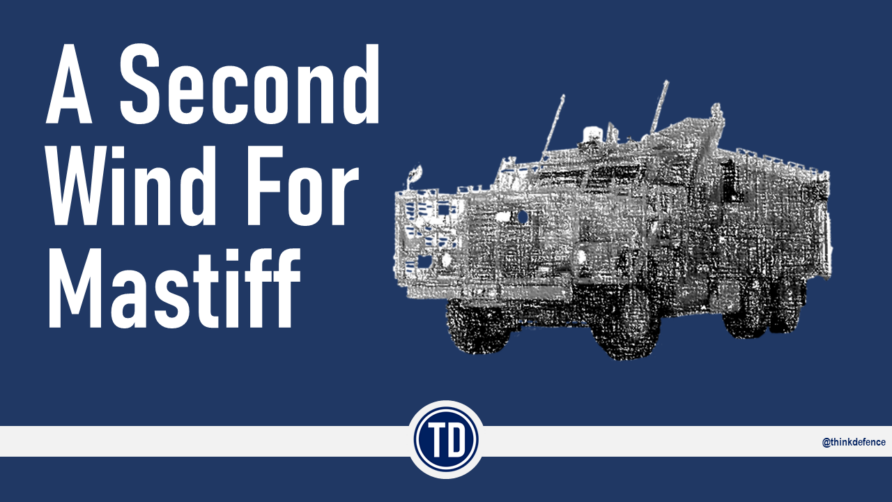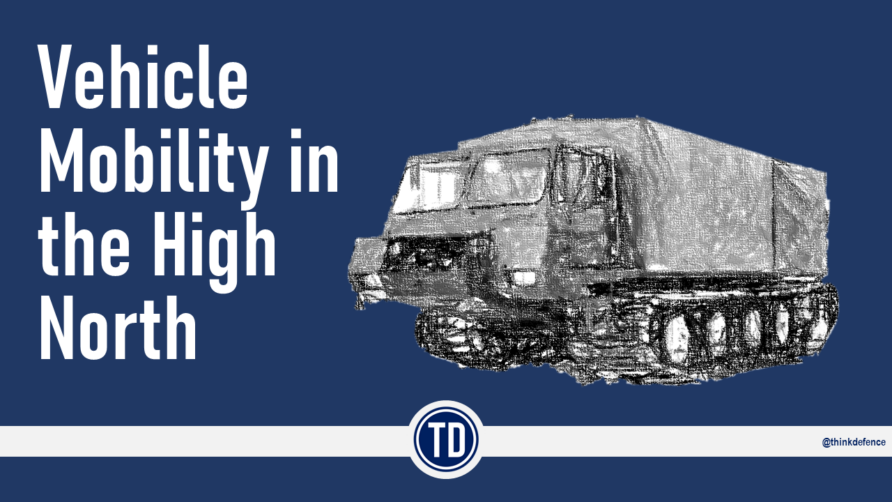In this final part of the Replacing the Quad Bike ATV series, I am going to start with a few questions.
Questions
Do we need to replace the existing quad bike ATVs?
The Yamaha Grizzly ones we have are now end of service life, that much is certain, with early deliveries starting in 2010.
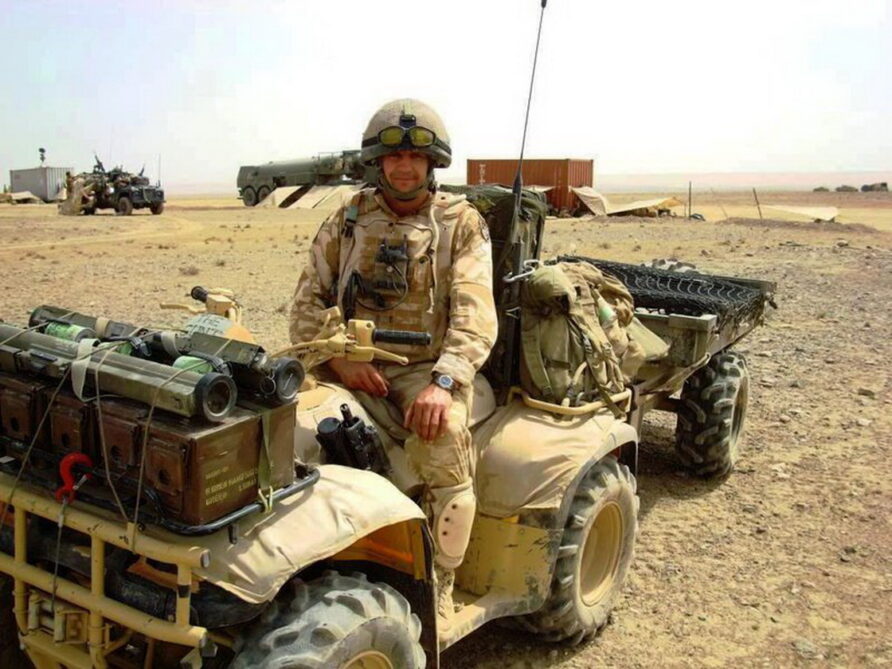
So I think the answer to that first question is yes.
To Airborne or Not Airborne?
We don’t have an air despatch platform in service that can be used to parachute larger vehicles.
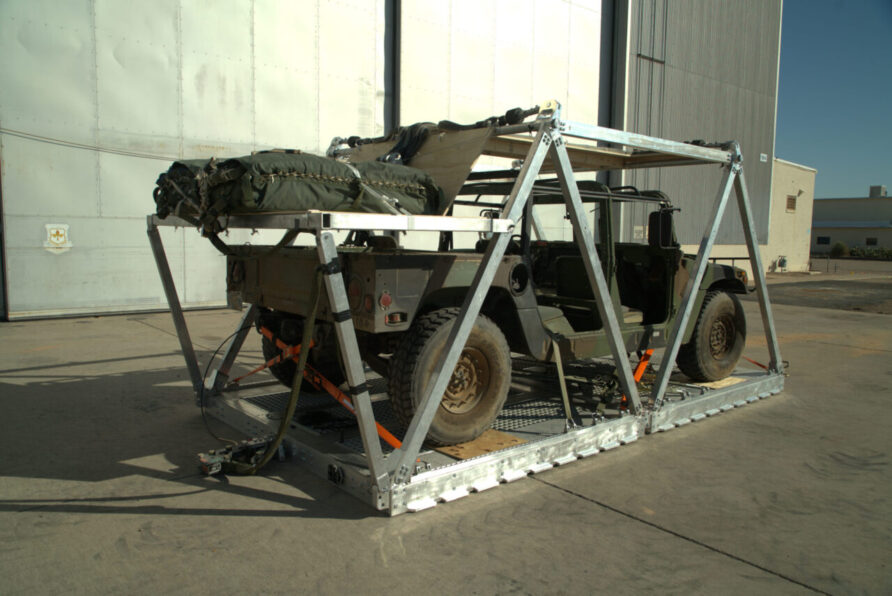
Until this changes soon, 16AAB and SF are limited to the Double CDS pallet.
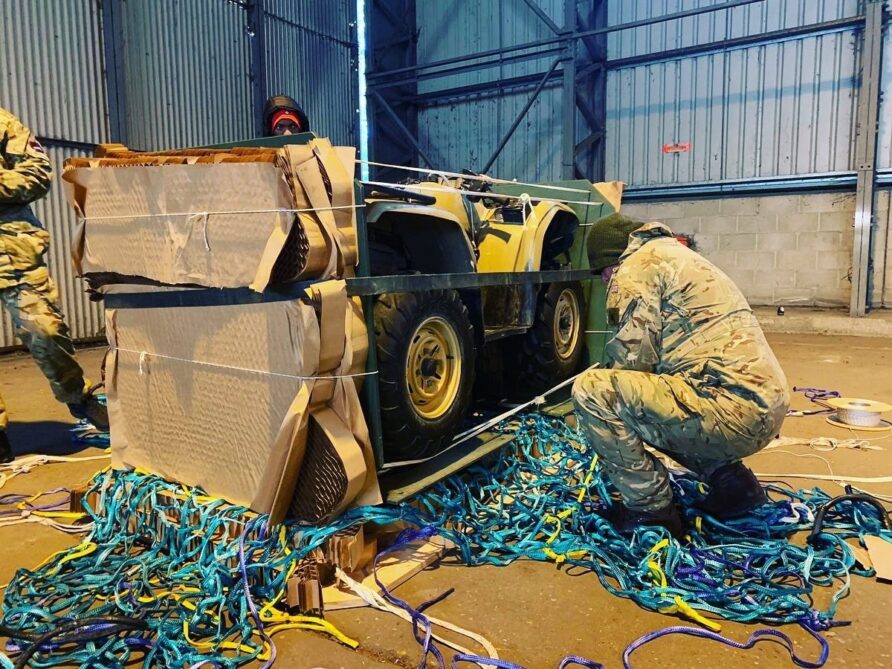
Unless we issue paras with rollerblades, a quad bike ATV on a double CDS pallet is their only form of mobility beyond shanks’ pony.
But.
This is a niche capability, 16AAB is not just parachuting, at the quad bike ATV is used by more than just 16AAB.
Should we look at the requirement through the double CDS lens, or accept that a niche requirement can be met by a separate vehicle? Personally, I think we should treat the air despatch requirement separately, we are not achieving much economy of scale either way, and it should not dictate or constrain wider field army needs.
Do we need to replace the existing quad bike ATVs with something similar?
This is more of a complex question.
If we are not constrained by the air despatch CDS form factor, in practical terms, what is the difference between a quad bike sized ATV with trailer, and one of these, for about the same price.
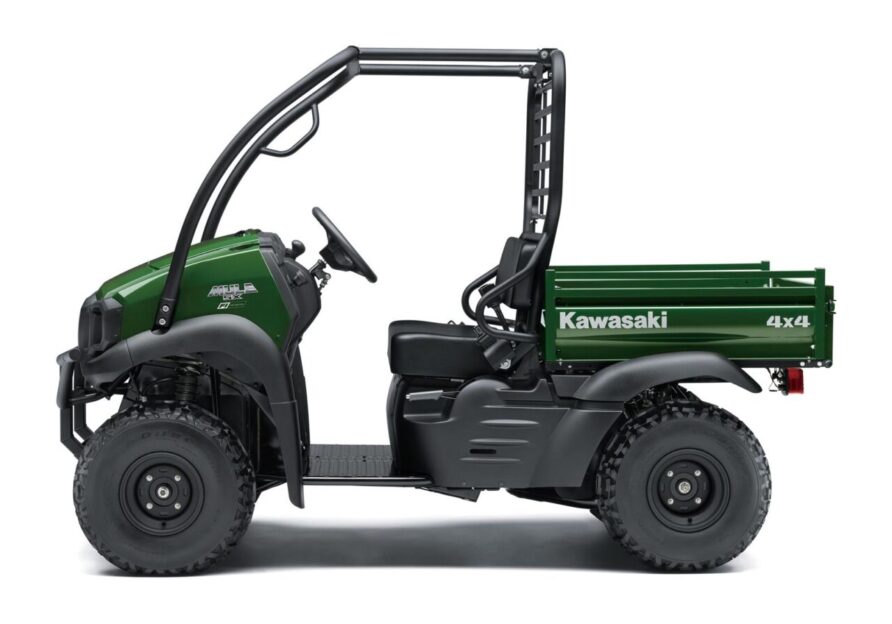
Many other designs and manufacturers of these UTV side by side design vehicles are available.
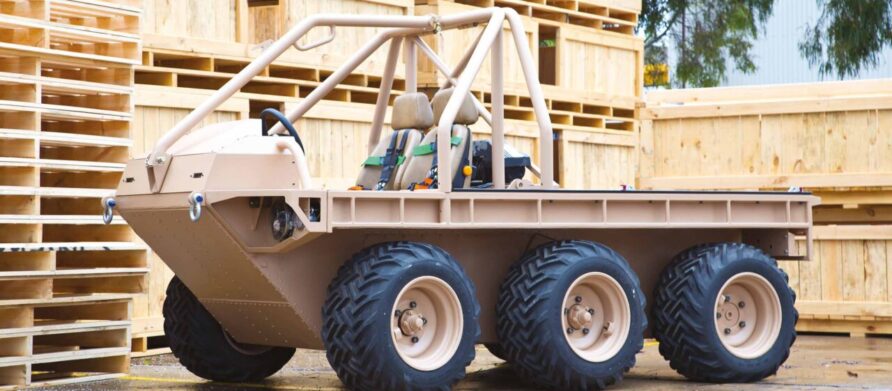
Off-road performance and terrain accessibility (especially for narrow forest tracks or urban areas) might slightly favour a quad, but by how much?
This is a worthwhile debate to have, but for the purpose of this series, assume we want something ‘similar to a quad’
What About Uncrewed Vehicles?
Another question that might prevent decision-making is that of UGV readiness.
Can an Uncrewed Ground Vehicle (UGV) perform the same replenishment and casualty movement tasks as a quad and trailer, or better?
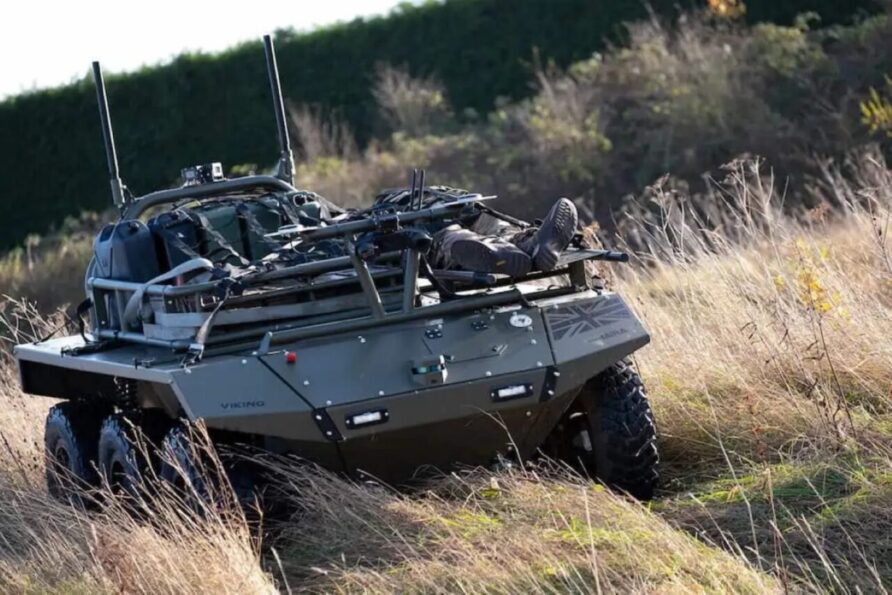
What if we combined the UGV with a UAS?
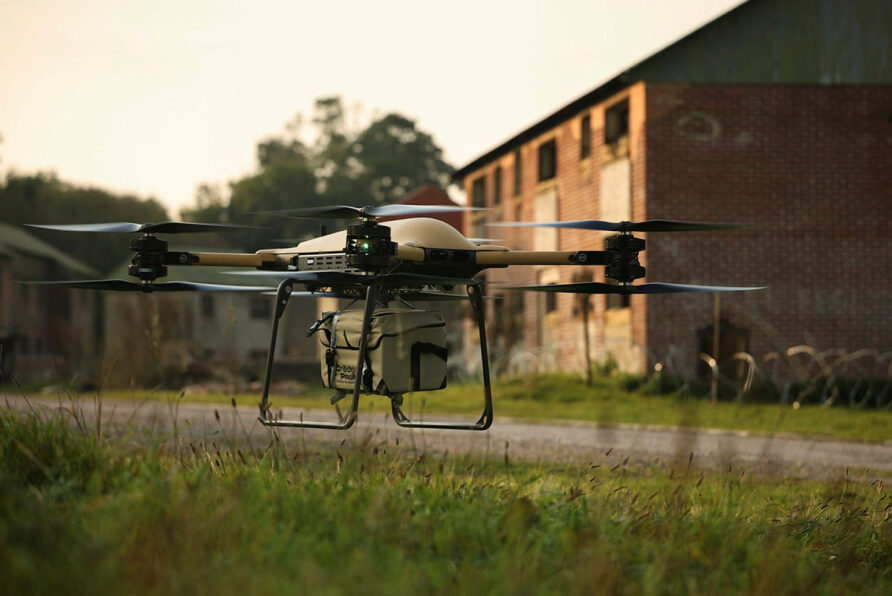
Perhaps between those two, the reason for having a quad and trailer goes away, although I remain sceptical.
Technical maturity is progressing, and Ukraine showing just how much they have transformed some tasks, but a new Yamaha Grizzly ATV costs about twelve grand.
This is also a worthwhile debate to have, but for the purpose of this series, assume we want something ‘similar to a quad’, and driven by a person.
Comparisons
The image below is a visual representation of the nearly two dozen vehicles described in the second part of the series.
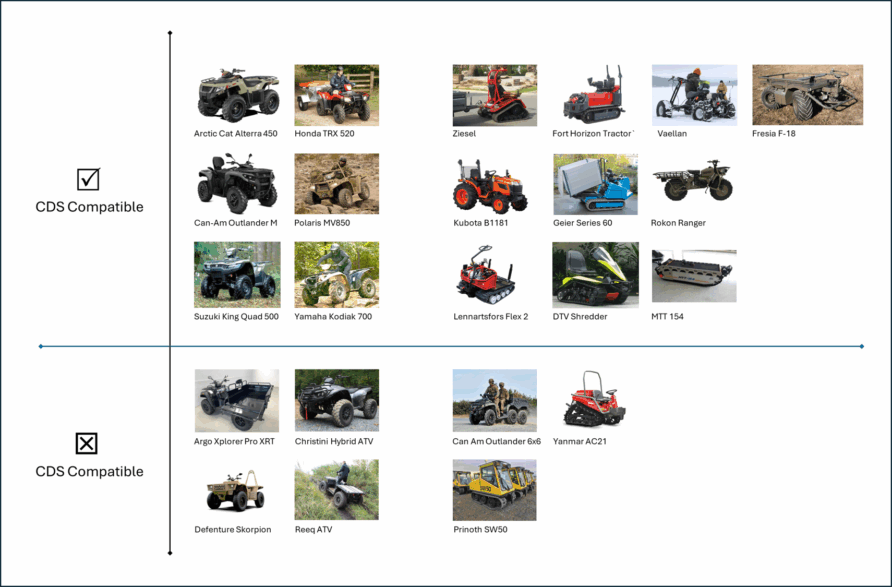
The top half are those that are CDS compatible, and the bottom, those that are not.
On the left, what I would call conventional ATV style quad bikes, 4×4, ride on, and direct steer. The right-hand grouping are those that are less conventional.
Airborne
None of the conventional ATV options are available with a diesel engine, if we want one, it would have to be a special order.
All the designs are mature, and whilst there are some performance differences, the more obvious choices would be Yamaha, Honda or Suzuki, although you could make a case for any of them.
Stepping out of the conventional group, the Kubota and Geier vehicles are diesel, and whilst neither will be breaking speed records, both have excellent carrying and towing capacity. The Kubota especially brings additional value through utilisation of attachments, especially for field engineering and logistics tasks.
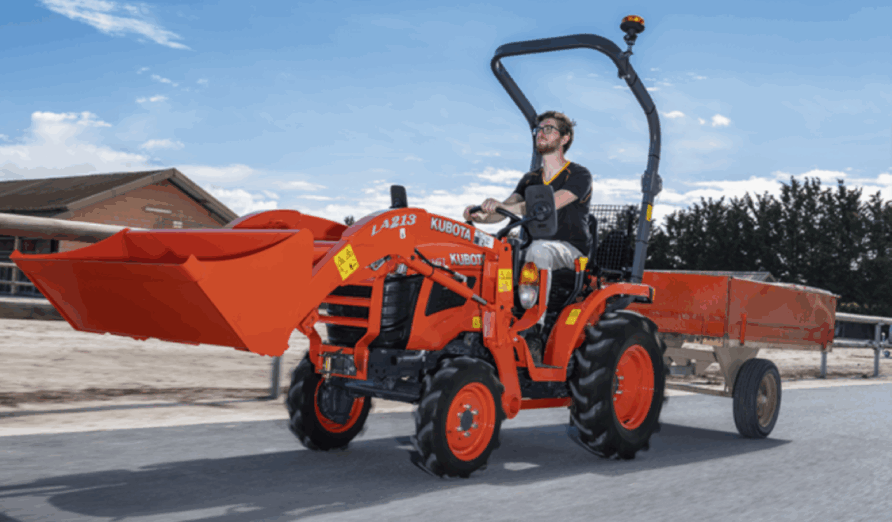
It can tow a small plant trailer, and use a rear mounted excavator, in addition to a front loader shovel or forks (although these would need to be transported separately)
Apart from those, the three that are really worth considering are the MTT-154, Fresia-F18, and Rokon Ranger.
I really like the MTT-154, and have written a separate post about it, its transport density is exceptional and performance, likewise. Six could be stacked on a double CDS and when on the ground, broken down and formed into three, side by side configurations, using detachable connectors, as below.
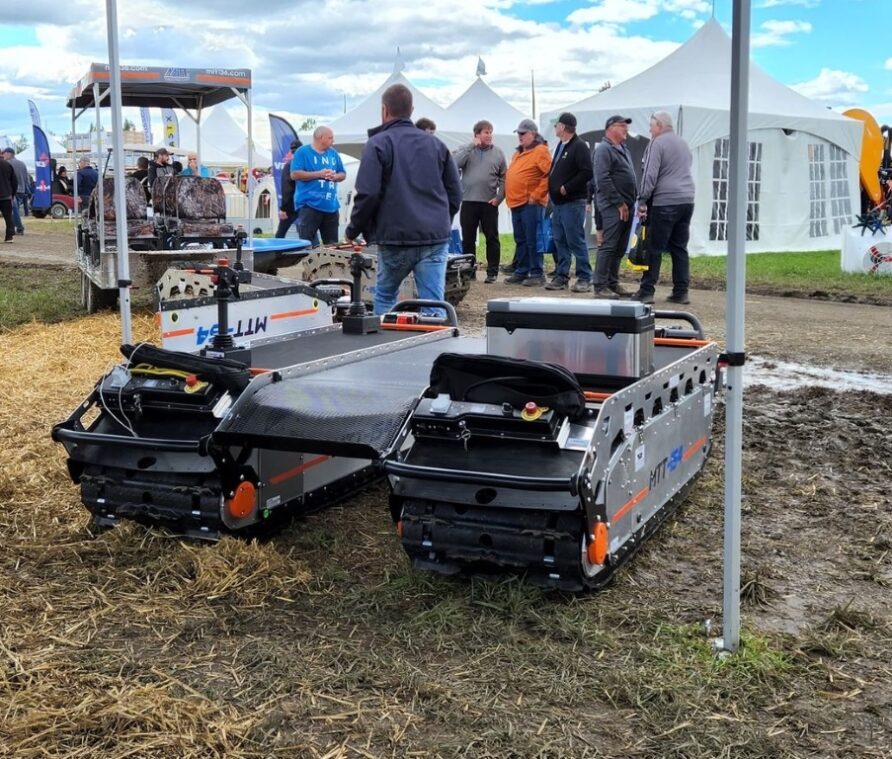
That is a lot of transport capability in three pallets.
But like all electric vehicles, battery density is the limiting factor. Battery chemistry is improving all the time and whilst the company that makes is an SME in Canada, it is certainly a design with much merit.
The two seat four wheel steering Fresia F-18 is an old design, and whilst also not the quickest, has excellent payload and towing capacity in a compact form factor.
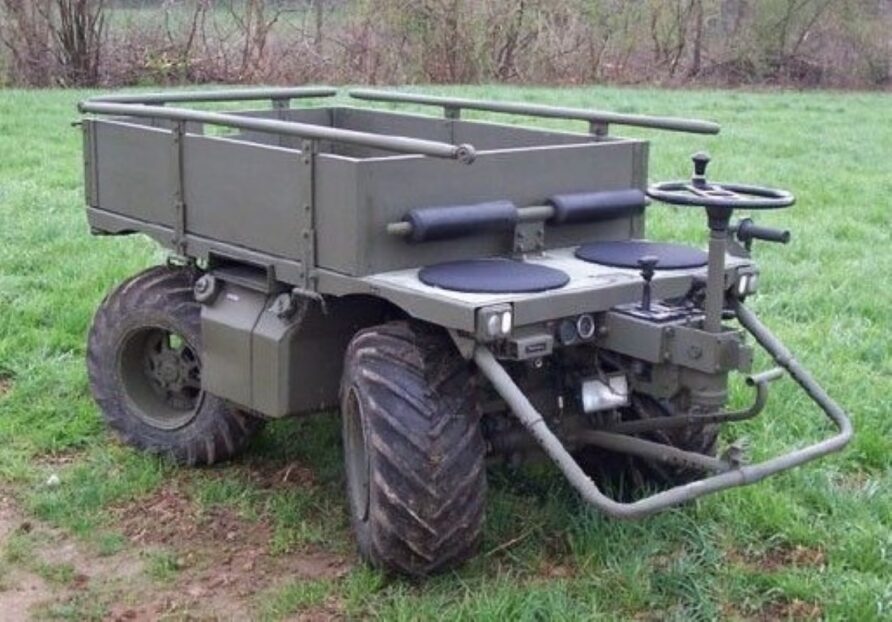
Combing good on and off-road performance, with a mature and simple design that is in production, the Rokon Ranger and Mototractor is a wild card, but one whose numbers speak for themselves.
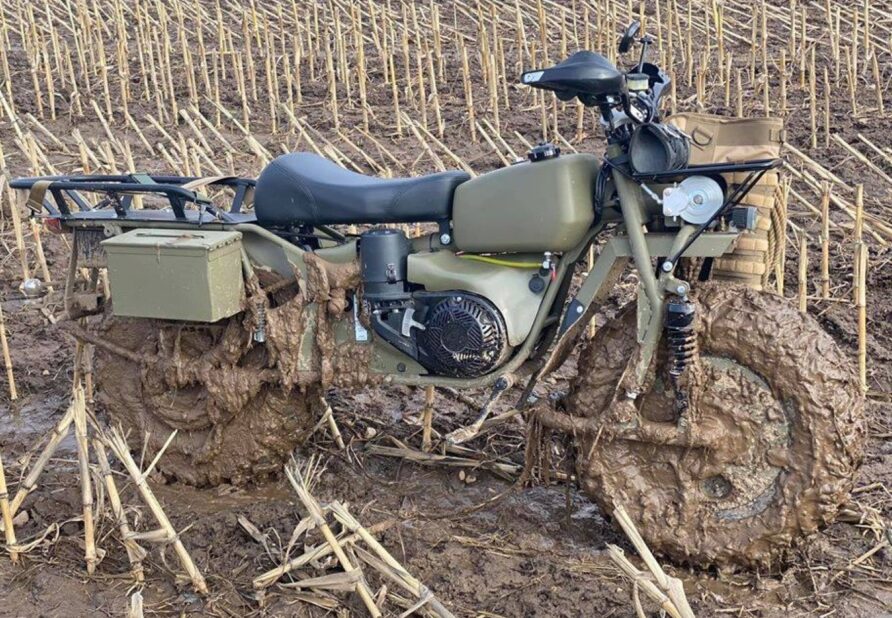
Terrain accessibility is exceptional, especially narrow tracks, it has two seats and even floats. A single track trailer can be towed, or a rescue trailer, as shown in the image below, maximum towing capacity is a rather impressive 907 kg. Any of the trailers described in the previous post could also be towed.
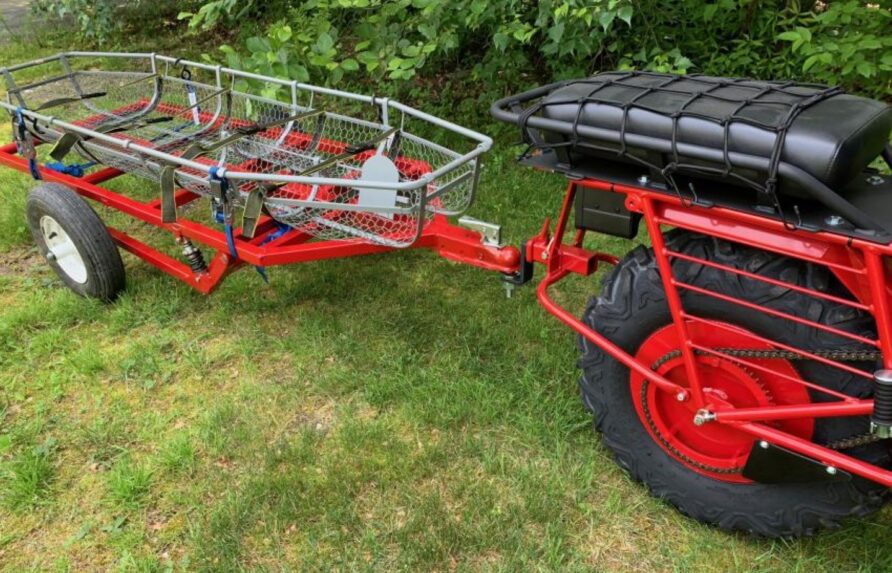
Two could be rigged on a single CDS, or one with a trailer. Where it really shines, though, is when combined with the sidecar. The sidecar requires only a single quick attach fixing, so it can be rigged in such a way that it could also be included in a single CDS load.
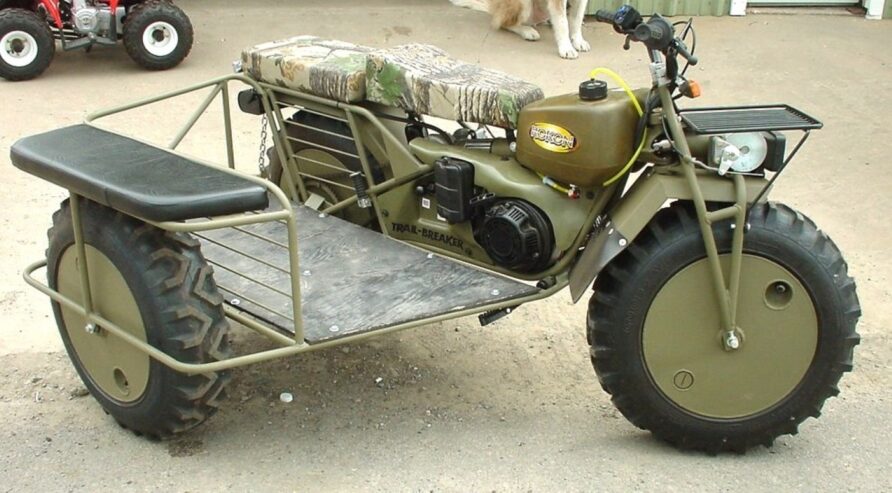
There are numerous combinations
A 2x double CDS load could include a 750 kg unbraked trailer from the previous post on pallet 1, and two Rokon motorcycles on the other. This would provide 500 kg — 600 kg of stores, two vehicles, and 4 seats, moved 25 miles (ca. 40 km) from the drop zone in about an hour.
The same 2x double CDS load could include four vehicles and four sidecars, no trailers, but 12 seats and enough payload for the passengers personal equipment, again, with similar range and speed.
The training difference between a Rokon and a quad would need to be determined, but we would be looking at a relatively small number of personnel.
If we could modify any of the conventional designs with a diesel engine, then this would be the obvious choice. We did it with the Yamaha’s, and we could possibly do it again. If that isn’t feasible, then the Rokon would be worth a serious look, as much as I like the MTT and F-18
Not Airborne
Released from the confines of the double CDS, there is a lot more choice.
The MTT is still a strong contender, and so is the Rokon, but if we want a more conventional design, the Argo Explorer is the first one I would consider. This might be sacrilege, but with its larger rear load bed that can carry 245 kg, there will be many cases when you just don’t need a trailer.
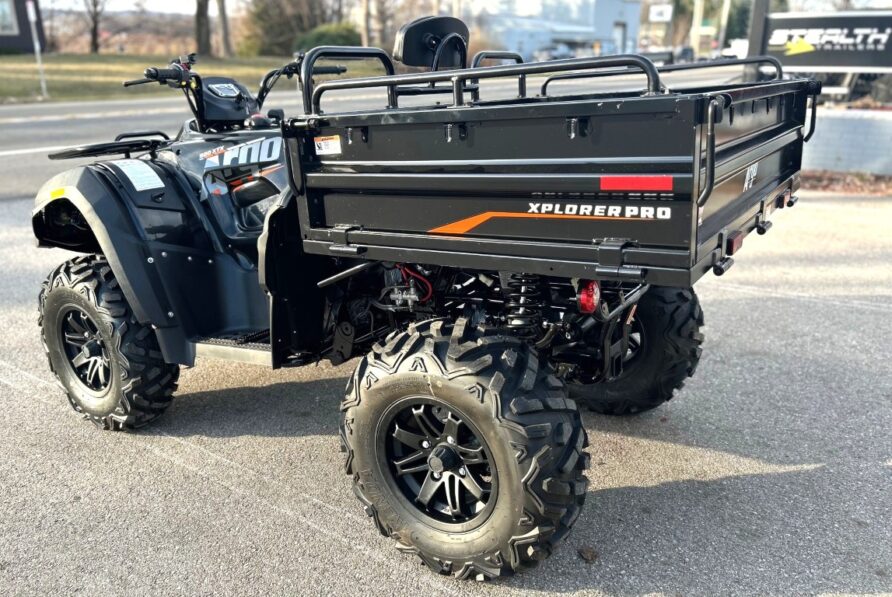
But if you do, it can still tow 557 kg.

It would be interesting to test whether a stretcher across the short axis would be viable.
The lack of a diesel option is a disadvantage, which brings the Defenture Skorpion and Christini Hybrid ATV into consideration.
The Christini Hybrid is appealing, and has all the benefits of hybrid power such as silent running, power export, and high torque, but it might have a higher commercial and technology risk than the Defenture model.
The Reeq/Rheinmetall Ermine is also a hybrid design, and whilst it offers excellent design features, including an ability to add an axle or be used as a UTV, it is quite a large and heavy design.
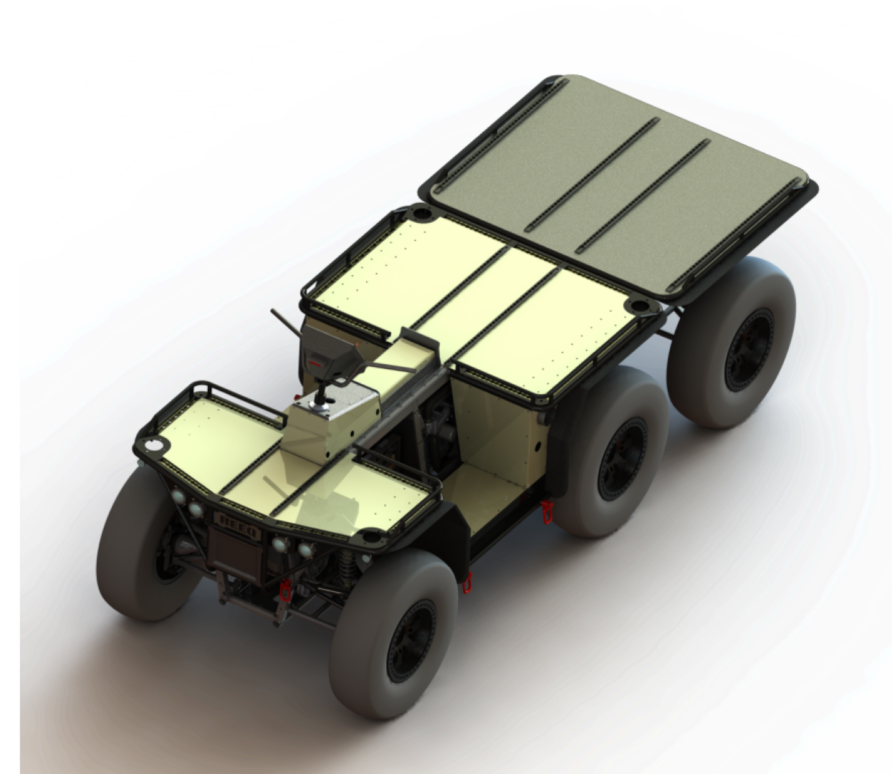
It seems unlikely to be low cost.
Based on a Suzuki, the Defenture Skorpion has a modular ROPS, good payload and towing capacity, four wheel steering, and full military adaption, a serious contender that is in service with the Dutch armed forces.
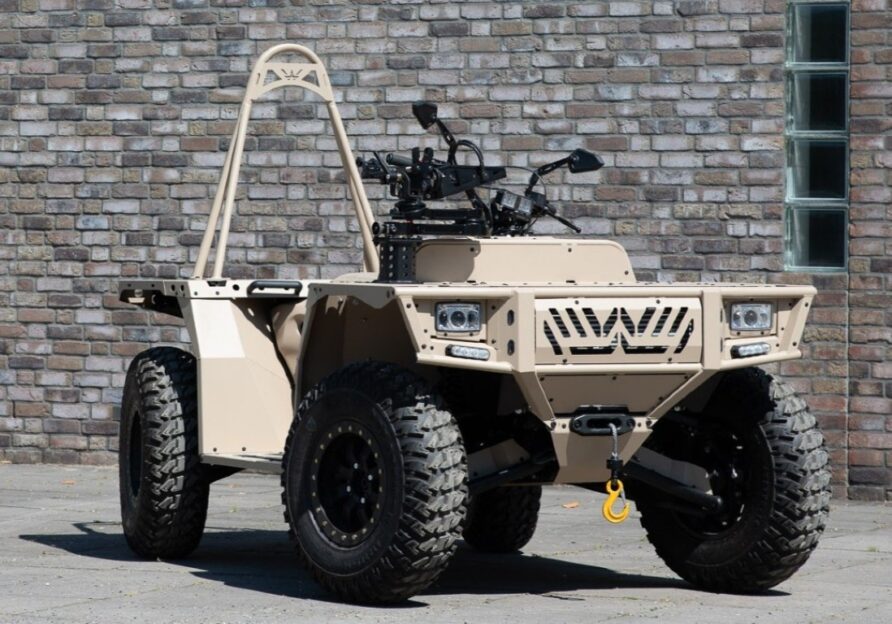
It is available now, and in service with a valued ally.
For the wider field army, the diesel engined Defenture Skorpion is a good blend of low-risk, well realised defence features, and solid performance. It would be my choice, especially when combined with a similarly well-engineered trailer.
Final Thoughts
The quads were obtained originally for airborne forces, where there is still a strong argument for them.
This is reinforced because it doesn’t seem likely we will be introducing an air despatch platform soon, so everything must be constrained by the double CDS footprint.
For the wider field army, the quad bikes claim to finite budget seem less well assured.
Do dismounted forces need light and unprotected mobility support, yes, absolutely, carried weights are still an issue and in difficult terrain, mobility support is essential
Is a quad bike and trailer the best way to deliver it, not so sure
There should be a wider debate about dismounted light role mobility, but it should not be limited to quad bikes.
Think Defence is a hobby, a serious hobby, but a hobby nonetheless.
I want to avoid charging for content, but hosting fees, software subscriptions and other services add up, so to help me keep the show on the road, I ask that you support the site in any way you can. It is hugely appreciated.
Advertising
You might see Google adverts depending on where you are on the site, please click one if it interests you. I know they can be annoying, but they are the one thing that returns the most.
Make a Donation
Donations can be made at a third-party site called Ko_fi.

Think Defence Merch
Everything from a Brimstone sticker to a Bailey Bridge duvet cover, pop over to the Think Defence Merchandise Store at Red Bubble.
Some might be marked as ‘mature content’ because it is a firearm!
Affiliate Links
Amazon and the occasional product link might appear in the content, you know the drill, I get a small cut if you go on to make a purchase

